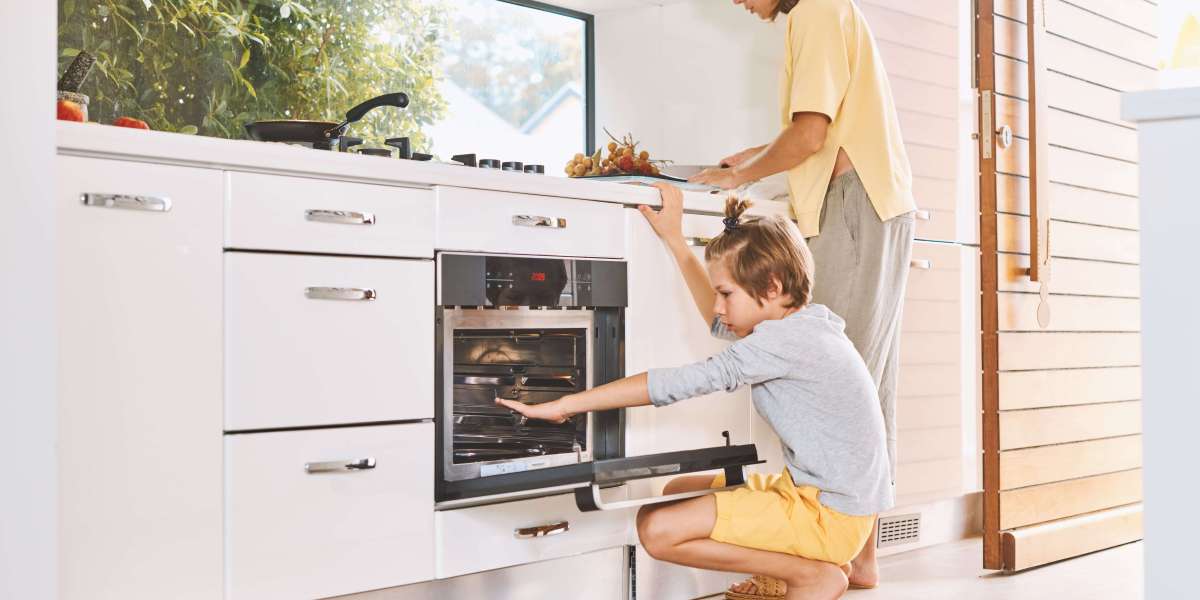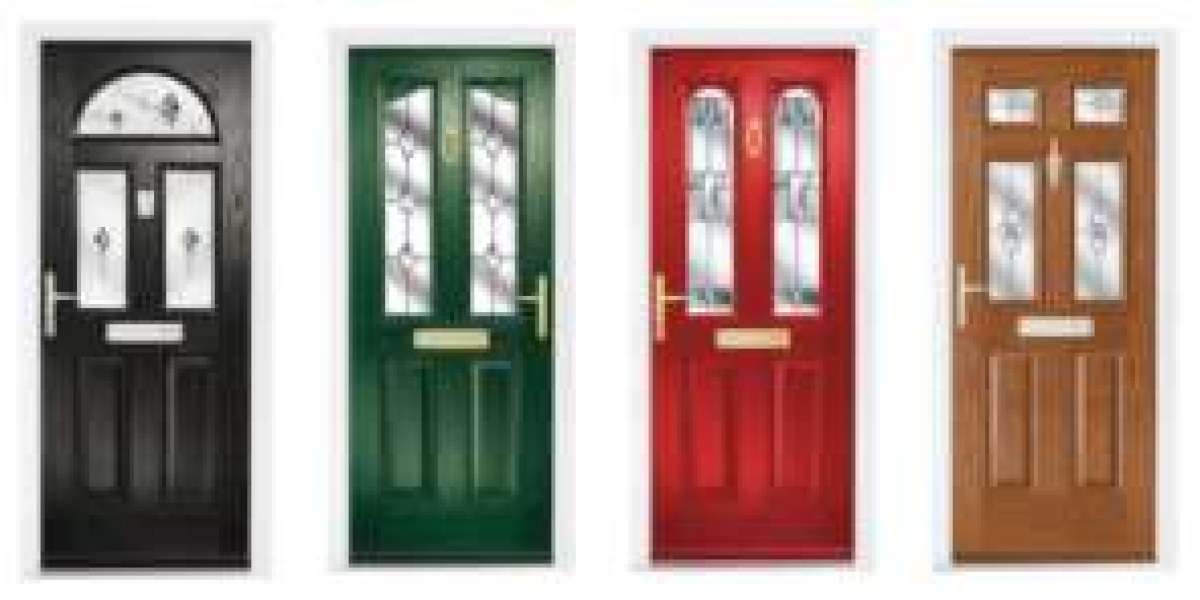The Comprehensive Guide to Built-In Electric Ovens
Intro
Built-in electric ovens have become a staple in contemporary kitchens, merging convenience with effectiveness while enhancing the total visual of cooking spaces. Unlike standard freestanding models, built-in ovens are integrated into cabinetry, offering a streamlined and smooth look. In this article, we will check out the numerous aspects of built-in electric ovens, including their benefits, functions, installation considerations, and maintenance suggestions. Furthermore, some frequently asked concerns will be resolved to supply an extensive understanding of this kitchen device.
Tabulation
- What is a Built-In Electric Oven?
- Benefits of NEFF N50 Built-in Oven with Circotherm Technology Electric Ovens
- Secret Features to Consider
- Setup Guidelines
- Maintenance and Care
- Often Asked Questions (FAQs)
- Conclusion
1. What is a Built-In Electric Oven?
A built-in electric oven is a type of cooking appliance that is created to be set up straight into kitchen cabinetry. It operates using electrical power and can be included into wall units or beneath the counter top. This type of oven provides versatility in style and can be coupled with other appliances to develop a cohesive kitchen layout.
2. Benefits of Built-In Electric Ovens
Built-in electric ovens featured several benefits that make them a popular option among property owners and chefs alike. Here are some key advantages:
- Space-saving Design: Built-in ovens complimentary up counter top space, creating a less chaotic kitchen environment.
- Aesthetic Appeal: They provide a more sleek appearance, enabling customization with cabinetry, which can elevate the general style of the kitchen.
- Improved Accessibility: These ovens are often set up at eye level, making it easier to inspect food without bending down and minimizing the danger of spills.
- Versatile Cooking Options: Many built-in electric ovens featured several cooking functions such as baking, broiling, and convection settings for versatility.
- Energy Efficiency: Electric ovens tend to be more energy-efficient than gas models, making them an environmentally friendly choice for the home.
3. Key Features to Consider
When choosing a built-in electric oven, it is important to assess numerous functions to guarantee it fulfills cooking needs. Here are some functions to look for:
- Capacity: Choose an oven size that fits your family's cooking requirements; capabilities usually range from 24 to 30 inches.
- Convection Settings: Convection ovens use a fan to flow hot air, promoting even cooking and browning.
- Self-Cleaning Options: Many modern ovens featured self-cleaning capabilities, saving effort and time.
- Smart Technology: Some built-in electric ovens boast clever performances, permitting users to control settings via smartphone apps.
- Numerous Racks: Check if the oven has adjustable racks to accommodate different sizes of cookware.
| Feature | Description |
|---|---|
| Size | Ranges from 24 to 30 inches |
| Self-Cleaning Option | Yes/No |
| Convection Feature | Yes/No |
| Smart Technology | Yes/No |
| Variety of Racks | Adjustable racks for diverse cooking needs |
4. Installation Guidelines
Installing a built-in electric oven needs mindful consideration and preparation. Here are some actions to follow during the installation procedure:
- Measure the Space: Ensure that the oven will suit the designated cabinet requirements, considering any extra clearance needed for ventilation.
- Electric outlet: Verify that a suitable electrical outlet is readily available near the setup site, as most built-in electric ovens require a dedicated 240-volt circuit.
- Level the Oven: A level setup is vital to make sure even cooking. Usage adjustable legs or spacers to assist in leveling the oven.
- Protect the Oven: Once placed in the cabinet, secure the oven according to the maker's instructions to avoid movement during use.
- Test Functionality: Before settling the installation, test the oven to guarantee it runs efficiently and safely.
5. Maintenance and Care
Proper maintenance is vital for ensuring the longevity and performance of a built-in electric oven. Here are some maintenance tips:
- Regular Cleaning: Wipe down the exterior and interior of the oven after each usage; for self-cleaning designs, follow the maker's guidelines.
- Inspect Seals and Gaskets: Inspect oven door seals for wear and tear, as effective seals prevent heat loss and energy waste.
- Calibrate the Oven: If food is regularly overcooking or undercooking, electric oven Built in think about recalibrating the oven temperature level according to the user manual.
- Arranged Servicing: It is advisable to have the oven serviced by an expert service technician yearly to ensure it stays in good working condition.
6. Often Asked Questions (FAQs)
Q1: Do built-in electric ovens require unique setup?
- Yes, built-in electric ovens require professional installation to guarantee they are safely integrated into cabinets and connected to the electrical system.
Q2: Can built-in Cookology COF600BK 60cm Black Electric Oven - Buy Now! ovens be utilized for several cooking methods?
- Yes, numerous modern built-in electric ovens use various cooking approaches, consisting of baking, roasting, broiling, and convection cooking.
Q3: Are built-in electric ovens more energy-efficient than traditional designs?
- Usually, electric ovens can be more energy-efficient than gas ranges, particularly with functions like self-cleaning and convection cooking.
Q4: How frequently should I clean my built-in electric oven?
- It is suggested to clean the oven routinely and to use the self-cleaning feature (if readily available) a minimum of every couple of months based upon usage.
7. Conclusion
Built-in electric ovens are a sophisticated addition to any kitchen, integrating functionality with style. With their numerous functions, energy performance, and streamlined style, they can considerably enhance both the cooking experience and the overall inbuilt kitchen appliances visual appeals. By understanding their advantages, setup requirements, and upkeep requirements, property owners can make informed choices when investing in this essential kitchen device.
Including a built-in electric oven into your kitchen can be a transformative option - one that raises both the cooking experience and the beauty of the kitchen space.









